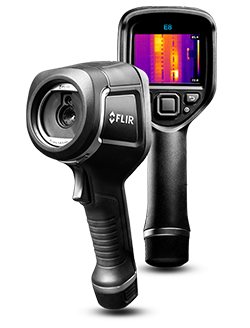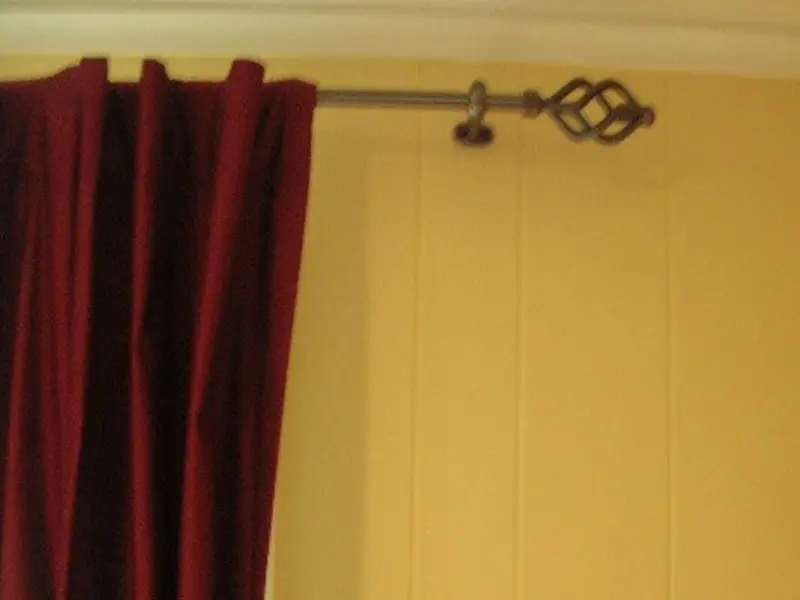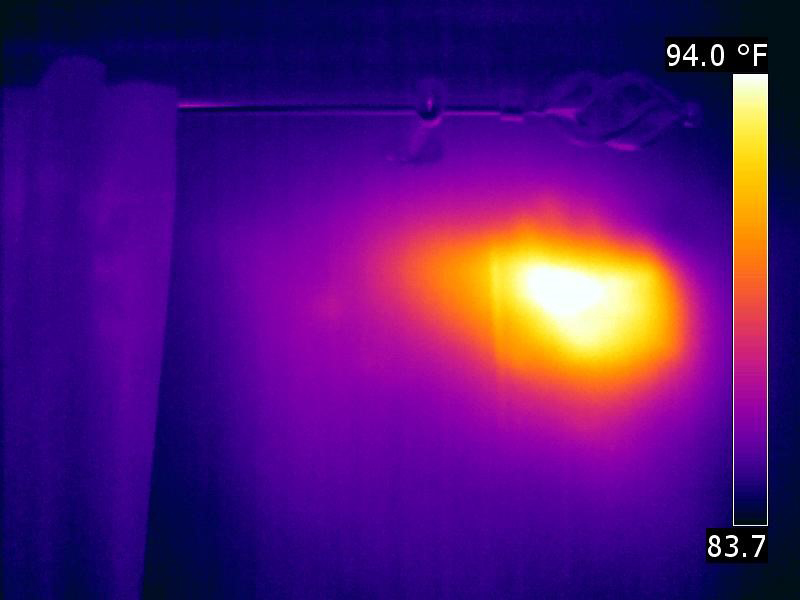THERMAL IMAGING
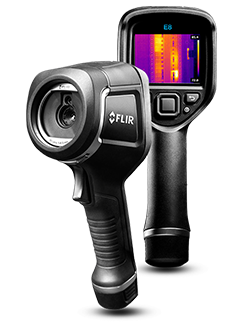
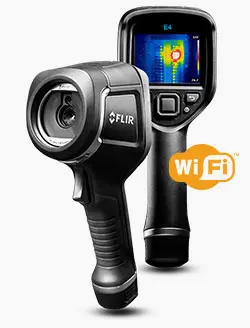
The high resolution of this thermal imaging or infrared camera makes it easy to see insect trails within the wall.
PEST CONTROL / REMEDIATION
Thermal imaging can be a powerful tool for the pest control expert identifying not only the pest itself, but also possible points of entry and sources of moisture that might attract them. Bees, termites, bats, squirrel, possum, raccoon, and ants are just a few of the culprits that a thermal imager can help to identify or be used to pinpoint a point of entry that might otherwise be hard to find with a naked eye. When used in conjunction with a blower door, a thermal imager will quickly identity area that need further investigation
When selecting a thermal imaging camera for pest control / remediation there are several considerations that should be considered. While a standard camera might provide excellent image quality, a harsh environment, distance and thermal sensitivity may present a whole new set of challenges.
Qualities to consider are:
Hornets in a wall cavity found with a thermal imager
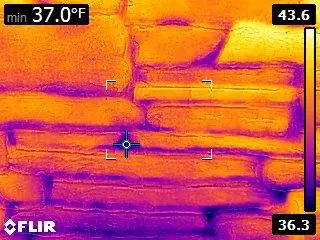
The high resolution of this thermal imaging or infrared camera makes it easy to see insect trails within the wall.
Environmental conditions or considerations include potential exposure to dust, dirt, water, chemicals and or extreme heat or cold. If the camera is not suited for the environment that it is used in, or not used with extreme care in harsh environments, its life could be very short lived. While you may be able to purchase a less expensive camera with similar radiometric specifications, cameras in this category are generally better suited for less than ideal testing conditions.
Temperature range should be carefully considered during the selection process. Lower temperature range cameras like those used in building science are well suited for pest control and remediation. The lower range provides increased sensitivity and detail in building structures to easily identify area that need further examination
Data gathering is an important part of managing a thermography program. Because of PPE requirements like gloves in attics, feature like voice annotation become very desirable when gloves make data recording by hand hard if not impossible.
Ease of use is of critical importance when selecting an imager. Single handed operation, easy focus, hand straps, wrist straps, and other features which improve ergonomics are all features to consider.
Resolution is extremely important when your work is further away. Pest and mechanical inspection can provide may challenges when the distance becomes a limitation. Higher resolution means better image quality both near and far. While a higher resolution camera may initially cost more, the ability to work from the ground or at longer distances can improve workflow and eliminate the need for a ladder to identify potential problems pests or points of entry.
Documentation of problems or potential problems has never been easier with the Flir e40bx-e60bx thermal imaging cameras. When used with your I-pad, you can quickly and easily transfer imagers from the camera for a quick and professional presentation.
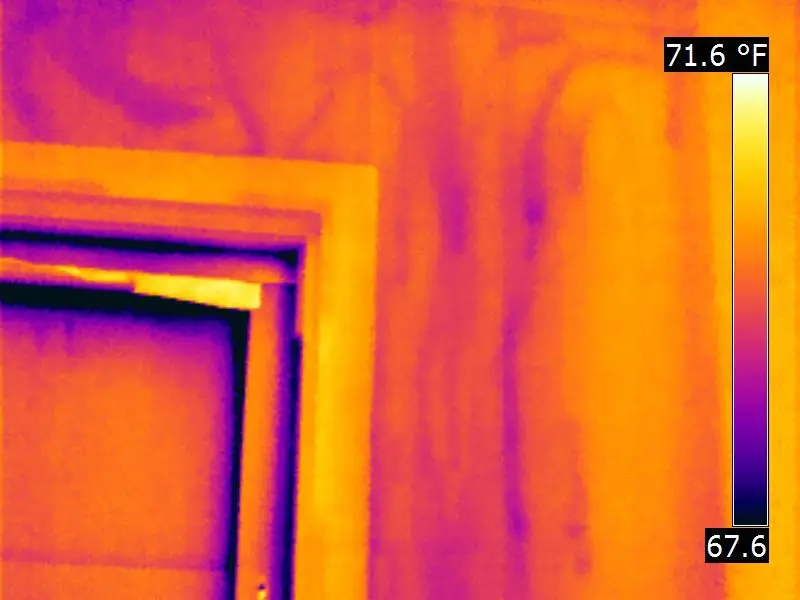
Leaks and moister with in the wall. Also a very good conducive environment for wood destroying insects.
